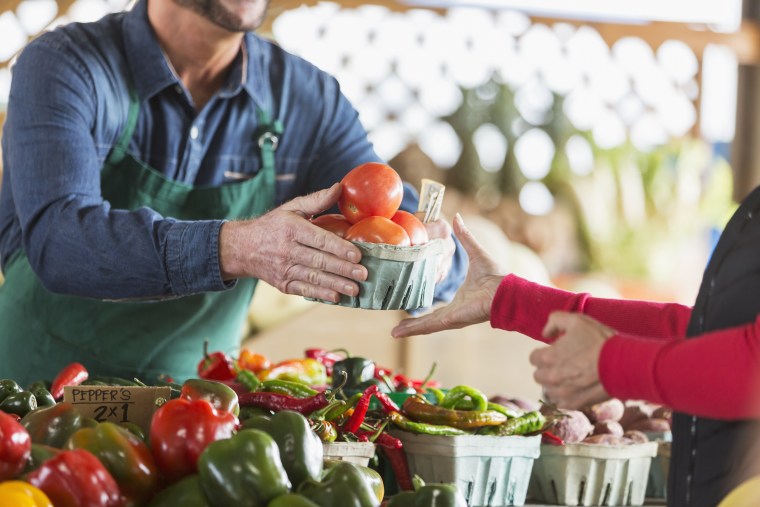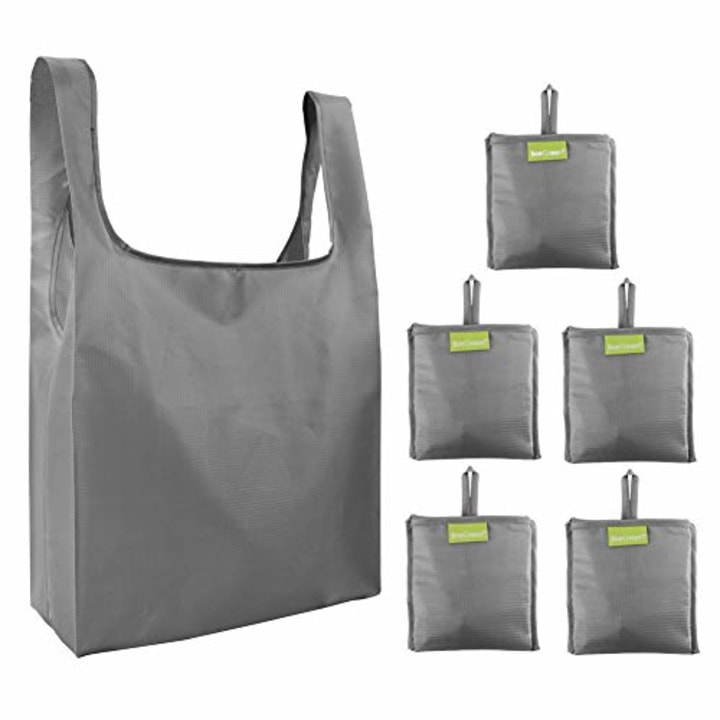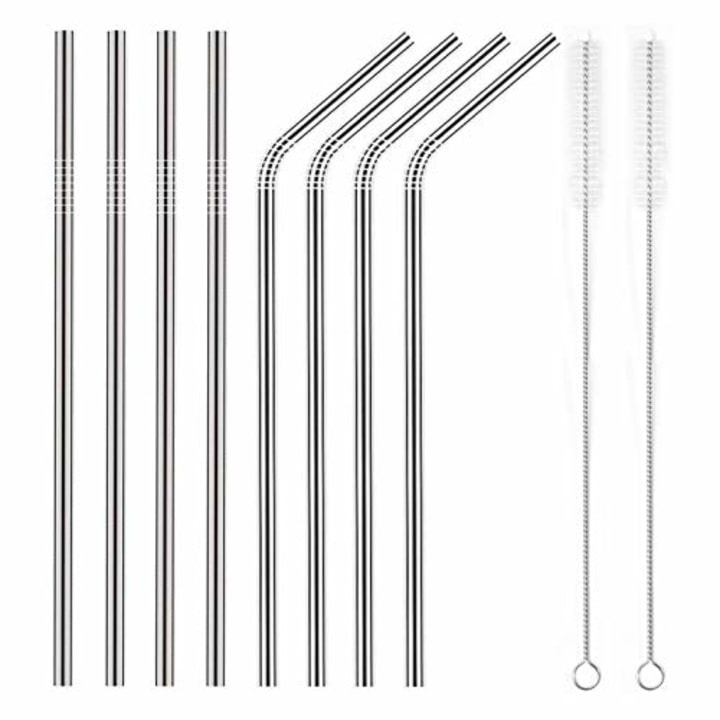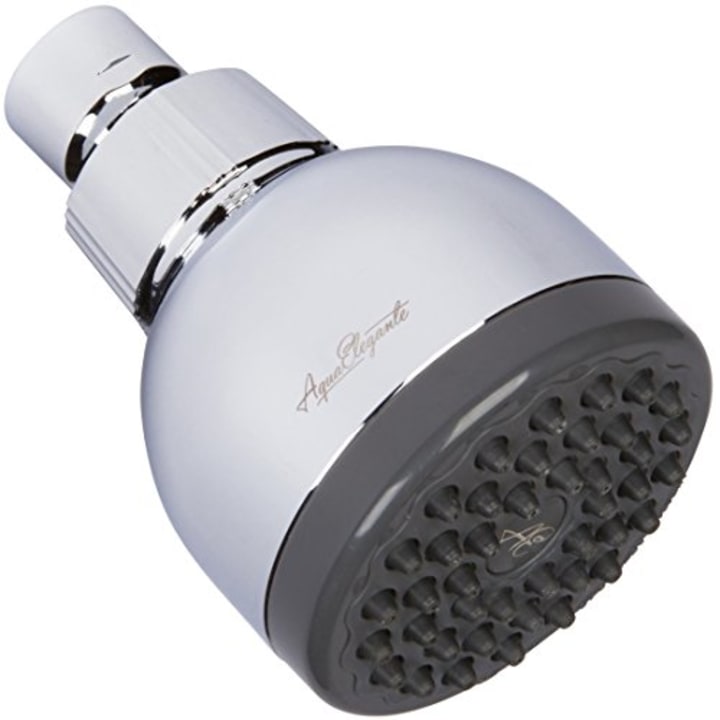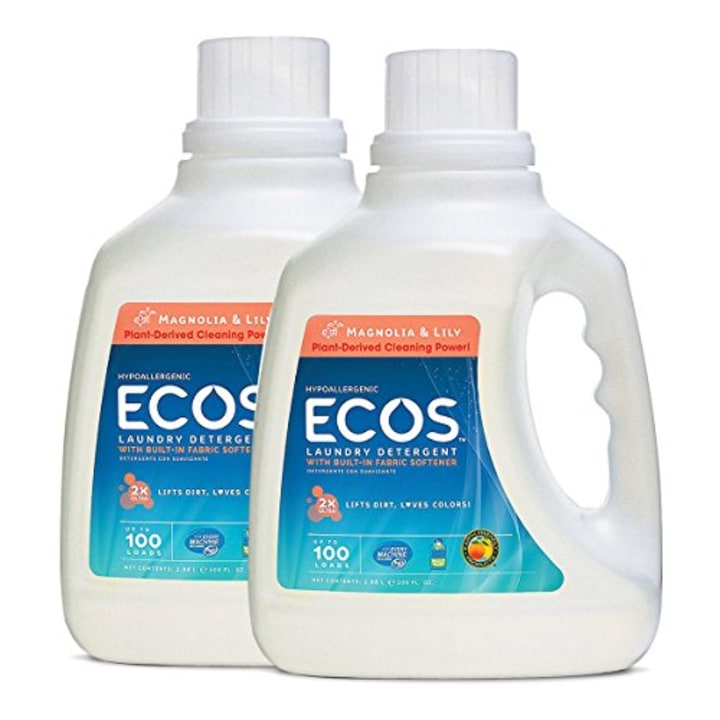Going green can be intimidating if you’re on a tight budget because so often saving money and buying sustainably are pitted against one another.
I can’t count how many times I’ve stood in the supermarket staring down two bins of tomatoes, one labeled organic, the other not, only to feel like something of a failure when I decide, yet again, on the cheaper, non-organic option.
This dilemma of choice between the “green” option and the more affordable one isn’t limited to food shopping — it extends to most every aspect of consumerism. Do you want to spend a buck on the dish soap with palm oil in it that’s contributing to deforestation, or do you want to spend four times that on a brand that stands by sustainability? Do you want the dollar store shower curtain made with parabens, or the organic cotton one from West Elm on sale for $30?
If money weren’t an issue, there’d be no question and I’d always opt for the greener alternative. But money is an issue, and I can’t afford to go entirely green.
This is the story I’ve been telling myself. Today, upon consulting a number of experts, I learned that this story is at least partly untrue. I actually can afford to go green (maybe not in all ways — hello, Tesla!, but in many) and I can even save money by doing so.
Here’s how:
Set five hours a week for all things food prep
“People think going green is more expensive because they conflate environmental practice with eco-luxury marketed goods,” says Kate Lacroix, owner, Stocked, a pantry-building service. “But you have to account for your personal/societal/global values when you do anything so that includes shopping practice.”
Lacroix finds that many of us are on the “30-minute meal train,” rather than understanding nourishment as “a full-time business that can be broken into bits throughout the week.”
Lacroix, who feeds her family of three on a budget of $250 a month, suggests that the more time you put into shopping and meal prep, the more eco-friendly you can be — and the more money you can save.
“[Allot] five hours a week to shop, prep, menu plan, freeze leftovers and move through what is in your fridge,” she says.
Make your grocery list as specific as possible, featuring only ingredients for dishes you know you will make. This alone should help save money and reduce waste.
“I like to spend a few moments once a week scrolling Pinterest for recipes I want to make in the upcoming week, plan them out by day, and make a list of exactly what I need to cook those recipes,” says Krystina Jarvis, owner and founder, A Drop in the Ocean. “This way, I don't buy extra food that will go to waste.”
Cut the supermarket’s waste down by asking for free cheese rinds
By giving yourself more time (which admittedly, may be tricky to carve out) with food scheduling, you can do little things that go a long way, like for instance, using parmesan rinds that would have been dumped by the supermarket.
Go to your supermarket and ask for parmesan rinds. Then toss one in a soup you are making as you are finishing the last 30 minutes of cooking.
“Go to your supermarket and ask for parmesan rinds,” says Lacroix, noting that you can get them at no charge. “Then toss one in a soup you are making as you are finishing the last 30 minutes of cooking.”
Knowing you’re getting a free parmesan rind and doing just that little bit to help reduce food waste and save some bucks, you can then plan to make a soup one night that week.
Buy organic produce in season (avocados are ripening now!)
“One of the best ways to shop green is to choose organic produce that is in season,” says Michelle Price, business development manager at Hip2Save. “You'll pay less for strawberries (and get fresher, better quality) in May than you will in October.”
“For the month of April in season items are artichokes, asparagus, avocados, beets, broccoli, cabbages, carrots, grapefruit, mushrooms, onions, peas, rhubarb [and] strawberries,” Price adds. “For the month of May in-season items are artichokes, asparagus, avocados, beans, green beans, beets, blackberries, carrots, sweet Vidalia onions, peas, new potatoes, raspberries [and] strawberries.”
For pricey nuts and olives, stock up at the supermarket salad bar
One of my favorite tips comes from Erik Skjodt, co-founder and CEO of the budgeting app Medean, who notes that you can save money and reduce waste by purchasing select items from the supermarket salad bar.
“Shredded vegetables and small quantities of foods and that normally come in expensive jars and spend the majority of their lives sitting in the back of your refrigerator are most effective — like olives, sun-dried tomatoes, roasted red peppers, artichokes, [etc.],” says Skjodt. “Discounts of up to 50 percent can usually be found on items like bacon bits, shredded cheeses and walnuts. As an example, a bag of brand-named almonds retail for roughly $14 per pound, compared to the flat rate of under $10 at the salad bar.”
Sign up with a CSA and visit local farms
“Often when people decide to go organic or eco-friendly, they think they need to find a different health foods store nearby — but something many people don’t think of today is to buy your foods as close from the source as possible,” says Roxanne LaManna who runs the blog For Another Time.
“Look into signing up with a [community-supported agriculture,] CSA from a local (organic) farm if possible, to get your fruits and veggies straight from the source.”
“As for organic meats, depending on the area you live, is to find farms nearby which allow you to actually purchase the meat before butchering — essentially, you’ll be ‘buying a cow,” says LaManna. “You’ll end up with meat butchered into a variety of cuts, often for only a few dollars per pound, saving you a ton of money in the long run. Discuss with the farm about options to purchase a half or quarter cow if you have space restrictions, or split the purchase with friends or family.”
Shop at the farmers market near closing — and use supermarket apps
One study found that, on average, grocery stores are 10-20 percent more expensive than farmers markets.
“Some people think that farmers markets are more expensive than grocery stores, but oftentimes, they're actually cheaper,” says Adele Alligood, financial advisor and engagement manager for EndThrive. “[One] study found that, on average, grocery stores are 10-20 percent more expensive than farmers markets. This is because of direct to consumer pricing. Not having a middleman saves the farmers money, so they're able to roll those savings directly to consumers.”
Richard Blais, a chef and host of the podcast Starving for Attention, says his favorite budget green-shopping tip is visiting the farmers market when they start packing up. “This is where deals can be had as they want to go back to the farm empty,” he says. “Another tip is using the technology [available from supermarkets]. The Whole Foods app will discount certain ingredients at different times, so being aware that organic apples get a discount just by using your app can save money.”
Bringing your own bag can save you up to $10 a week
“More and more grocery stores are eliminating plastic bags, and some offer customers a small refund for bringing a bag,” says Sean Fox, co-president of Freedom Debt Relief. “Some also are charging small fee to purchase a bag. Remember that the source of the plastic used in the manufacture of those bags is petroleum, so producing the bags also produces carbon emissions. Plus, most reusable bags are sturdier and easier to carry than plastic ones. If you use an average of four plastic bags a week when grocery shopping, earning (or not paying) five cents per bag, that amounts to a little over $10. You’d also avoid putting nearly 210 plastic bags into the environment.”
Many supermarkets sell reusable tote bags for a few bucks. There’s also plenty for sale on Amazon.
Stop buying multiple cleaners — one DIY solution can do it all
“On the shelves at any store, you’ll find cleaners specific to just about every single item or surface within your home — counter cleaner, sink scrub, window and glass cleaner, stovetop cleaners, separate degreasers, etc., but the best way to go green and keep your spending in check is to use a multi-purpose cleaner,” says Roxanne LaManna, who runs the blog For Another Time.
“There are a number of choices on the market for this, but my absolute favorite is to mix up a DIY degreaser/multi-purpose cleaner, using vinegar, water and essential oils. It can be used for the whole kitchen, from cleaning counters (vinegar is a natural disinfectant), to get stubborn pots and pans clean, to using it as a quick floor cleaner. You can even use the cheaper essential oils to save money. If you’re not using it for skin or ingested applications, you don’t need to be quite so concerned about buying the highest quality oils.” Get a set of 6 essential oils on Amazon for $8.45.
No need to be ‘Pinterest worthy’ with new mason jars — reuse pickle jars, instead
“The trick to going green in general, not just on a budget, is reusing what you already have,” says Melanie DiSalvo, founder of Virtue + Vice, which specializes in sustainable and ethical fashion. “You don't need a ‘Pinterest worthy’ home full of mason jars and fancy zero waste products to join the movement. Instead of buying a new set of mason jars, try old jars from groceries. Glass pickle and tomato sauce jars that otherwise would have been tossed make excellent alternatives.”
Invest in reusable straws that last
While purchasing plastic straws by the bundle is the cheapest way to go if you’re looking to stock up, a reusable straw can last you years, saving you money in the long run — while helping out with the planet’s plastic problem. Stock up on reusable straws for $7.99 on Amazon.
Cut back water usage with a low-flow fixture
“Purchase a low-flow shower fixture and take shorter showers to reduce excess water usage,” says Skjodt. “The average shower uses approximately two to five gallons per minute. You can purchase some quality, low-flow fixtures for around $10 to $20 a piece and achieve water savings of 25 percent to 60 percent.” You can get this low-flow shower fixture on Amazon for $20.
Wash your clothes on cold (detergents can handle it)
“Save on your utility bills and improve your footprint by washing your laundry with cold water,” says Skjodt. “Over 85 percent of the energy consumed by most washing machines comes from heating the water. Newer detergents are strong enough to remove most stains without hot water.”
Alligood adds that “On average, cold water cycles will save you between $50-$150 per year, depending on your washing machine. Just by switching to cold, you're avoiding up to 1,600 pounds of carbon dioxide emissions each year.”
With your savings, you can more than afford to buy an eco-friendly detergent (like this Ecos laundry detergent for $20 on Amazon), which typically costs more than traditional brands — and maybe even that $30 shower curtain.
More from BETTER
- All about 'plogging': The new eco-friendly workout trend
- How the simple act of nature helps you de-stress
- Spring cleaning: Try these three DIY, chemical-free cleaners
- 6 ways ordinary people can prevent climate change, according to researchers and advocates
Want more tips like these? NBC News BETTER is obsessed with finding easier, healthier and smarter ways to live. Sign up for our newsletter and follow us on Facebook, Twitter and Instagram.
